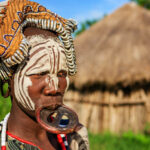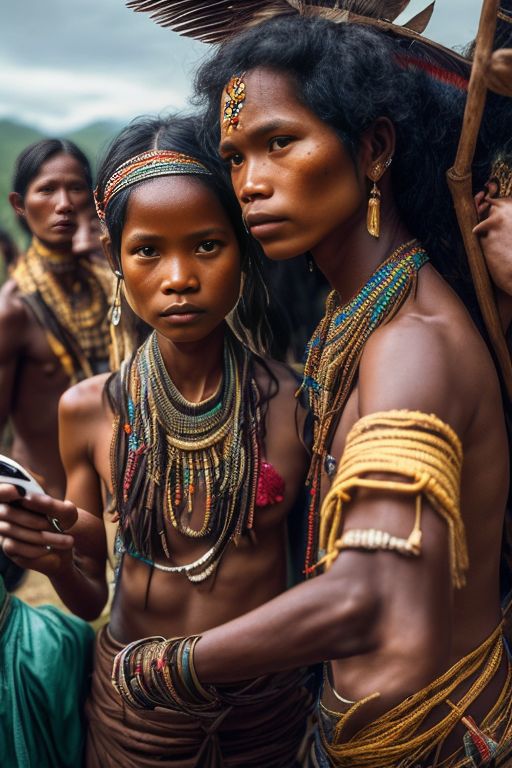The Aeta people are an indigenous group in the Philippines. They are one of the earliest inhabitants of the archipelago and have a rich cultural heritage that dates back thousands of years. Here is some information about the Aeta people:
1. Origin and Distribution:
The Aeta people are believed to be descendants of the original inhabitants of the Philippines. They have a widespread presence in different regions, primarily in the island of Luzon. They can be found in the provinces of Zambales, Pampanga, Tarlac, Bataan, and other nearby areas.
2. Physical Appearance:
The Aeta people have distinct physical features, which include dark skin, curly or frizzy hair, and short stature. These features are adaptations to the tropical climate and environment they have inhabited for generations.
3. Lifestyle and Subsistence:
Traditionally, the Aeta people were hunter-gatherers, relying on the rich resources of the forests for their sustenance. They used to live in small nomadic groups, moving from one location to another in search of food and resources. Their diet primarily consisted of root crops, fruits, wild game, and fish.
4. Cultural Practices:
The Aeta people have a unique cultural identity that is deeply rooted in their connection to nature. They have traditional beliefs and practices, including animism and ancestor worship. Rituals, dances, and music play significant roles in their ceremonies and celebrations.
5. Language:
The Aeta people have their own language, which belongs to the Austronesian language family. However, due to the influence of surrounding communities, many Aeta individuals also speak other languages such as Tagalog or Kapampangan.
6. Challenges and Preservation:
Like many indigenous communities around the world, the Aeta people face various challenges in preserving their cultural heritage and traditional way of life. Encroachment on their ancestral lands, limited access to basic services, and social discrimination are some of the issues they encounter.
Efforts are being made by organizations and the government to promote the rights and well-being of the Aeta people, including initiatives to protect their land rights, provide education, healthcare, and support sustainable development projects within their communities.
The Aeta people are an integral part of the cultural diversity of the Philippines. Their unique traditions, knowledge of the environment, and resilience contribute to the rich tapestry of indigenous cultures in the country.



















Add Comment